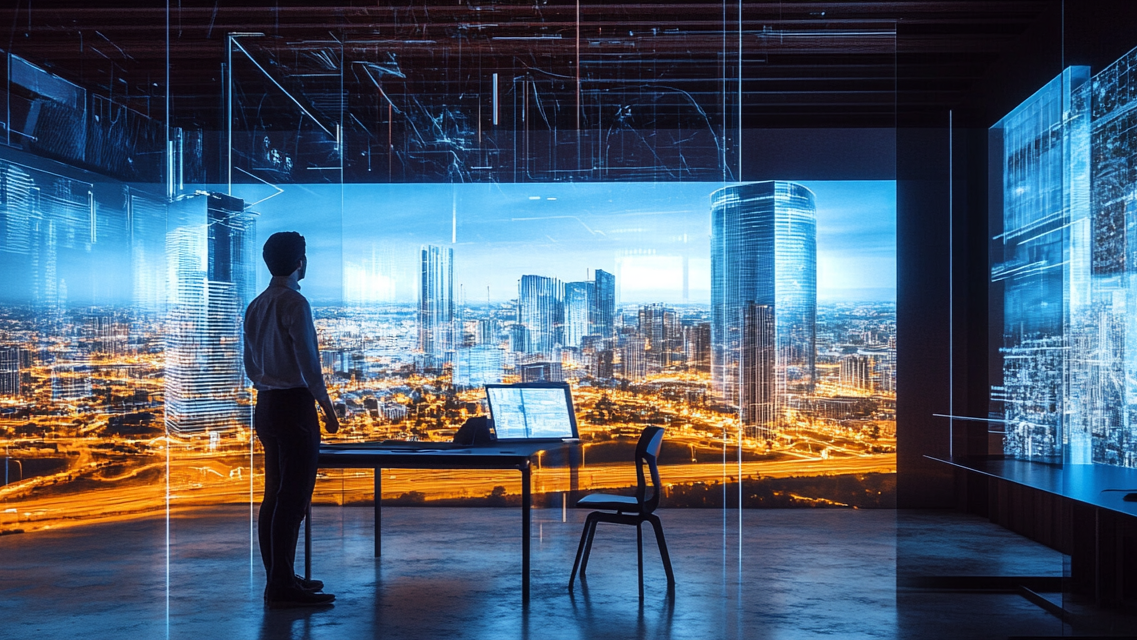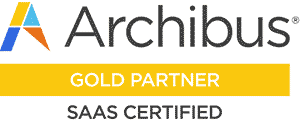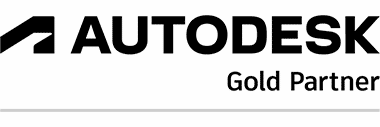The architectural industry is witnessing a significant shift in how drawings are produced and managed, thanks to the integration of automation within CAD and BIM workflows. While 3D modeling has become the standard for design and documentation, the demand for accurate, detailed 2D drawings remains strong. Traditionally, converting between these formats has been a labor-intensive process, but new tools and technologies are now streamlining this workflow, enabling architects to focus more on design and less on repetitive drafting tasks.

Automated drawing generation tools are revolutionizing the way architectural teams create and update project documentation. These solutions allow users to extract relevant data from 3D BIM models and automatically generate a full suite of 2D drawings—including plans, sections, and elevations—complete with dimension chains, annotations, and labels. For example, software like ARES Commander can import BIM files in RVT or IFC formats, extract detailed object properties, and use built-in automation commands to produce DWG drawings tailored to project requirements. This not only reduces manual effort but also minimizes the risk of errors and inconsistencies that can arise from manual drafting.
The process of automated drawing generation typically begins with the import of a BIM model into a compatible platform. Once imported, the software analyzes the model’s geometry and metadata, allowing users to filter and consolidate the information needed for specific drawings. Advanced automation functions, such as the BIMAUTOALL command in ARES Commander, then generate all required views, apply smart dimensions, and add annotations based on the properties of the BIM objects. This ensures that every drawing is consistent with the model, and updates are reflected automatically as the model evolves.
Beyond the production of standard construction documents, automated drawing generation supports a wide range of architectural outputs. For instance, architects can quickly create presentation drawings, detailed shop drawings, or even custom documentation for client reviews—all with minimal manual intervention. The ability to customize drawing styles and automate repetitive tasks means that teams can deliver higher-quality documentation in less time, improving overall project efficiency and client satisfaction.
The benefits of automated drawing generation extend to both large and small firms. For large practices with complex, multi-disciplinary projects, automation reduces the burden of managing hundreds of drawings and ensures consistency across teams. For smaller firms, it levels the playing field by providing access to sophisticated documentation tools that were once the exclusive domain of larger organizations. As a result, firms of all sizes can compete more effectively and deliver better outcomes for their clients.
Recent advancements in technology are pushing the boundaries of what’s possible with automated drawing generation. Emerging frameworks leverage deep learning and parametric algorithms to further automate the conversion of BIM models into 2D drawings. For example, research has demonstrated that hybrid architectural drawing recognition programs can automatically identify and classify elements within drawings, then apply parametric stylization to produce a variety of drawing styles from a single BIM model. These innovations promise to further reduce the effort required for drawing production and open up new possibilities for creative expression.
The integration of automation into drawing workflows also supports better data management and collaboration. By centralizing drawing generation within the BIM environment, teams can ensure that all project documentation is up-to-date and aligned with the latest design changes. This reduces the risk of miscommunication and rework, while also making it easier to share information with consultants, contractors, and clients. As the industry continues to embrace digital transformation, automated drawing generation is becoming an essential component of modern architectural practice.
Looking ahead, the adoption of automated drawing generation is expected to accelerate as more firms recognize its potential to streamline workflows, reduce costs, and improve quality. By embracing these technologies, architects can spend more time on design innovation and less on routine documentation, ultimately delivering better buildings and experiences for their clients.
How Robotech CAD Solutions Can Help
For architects and firms interested in exploring automated drawing generation, Robotech CAD Solutions offers expert guidance and tailored support to integrate these advanced workflows into your practice. As an Autodesk Gold Partner and authorized training provider, Robotech provides hands-on training, implementation assistance, and ongoing support to help you leverage the latest automation tools within Revit and other leading platforms. Whether you are looking to automate 2D drawing production, streamline your BIM workflows, or simply learn more about the possibilities of digital transformation, Robotech CAD Solutions can help you achieve your goals efficiently and effectively.



